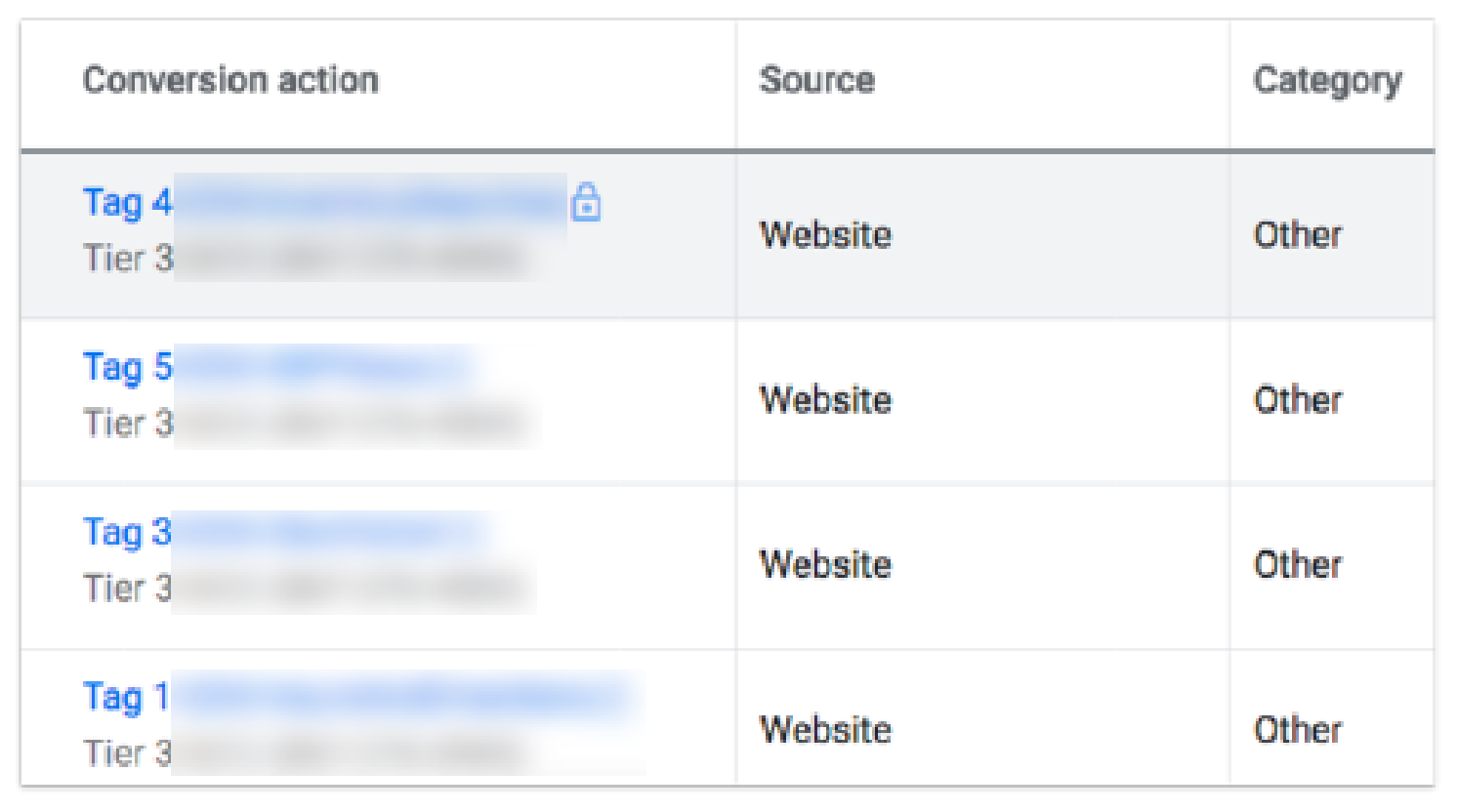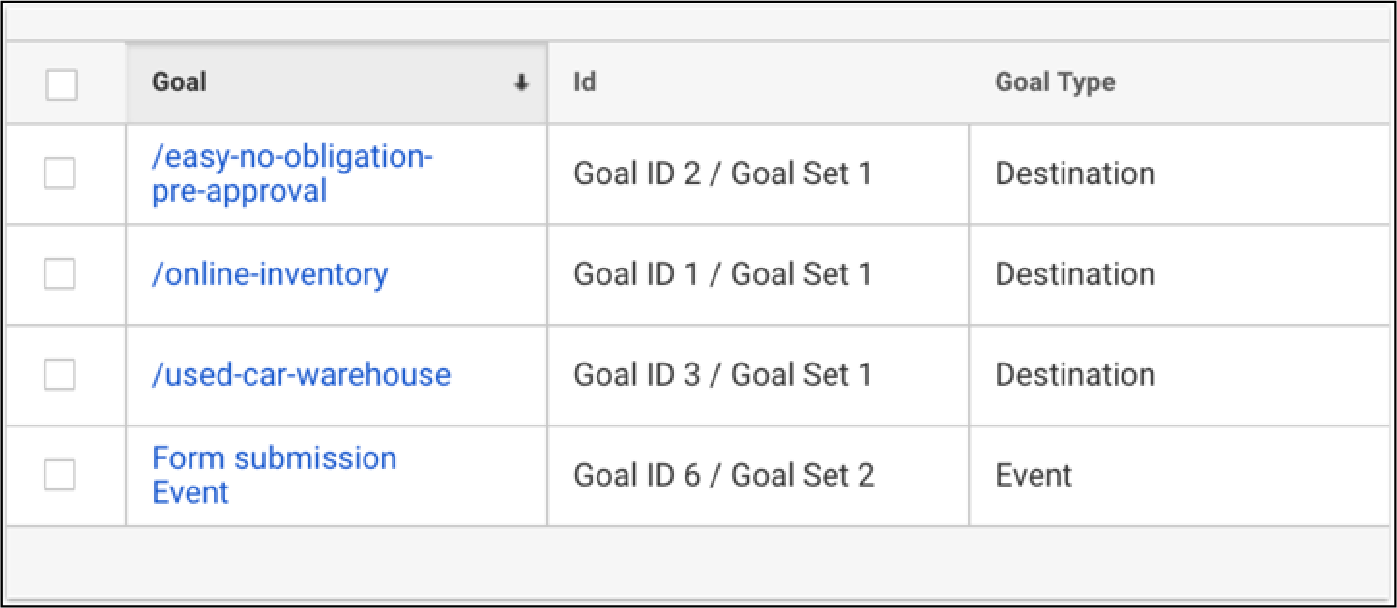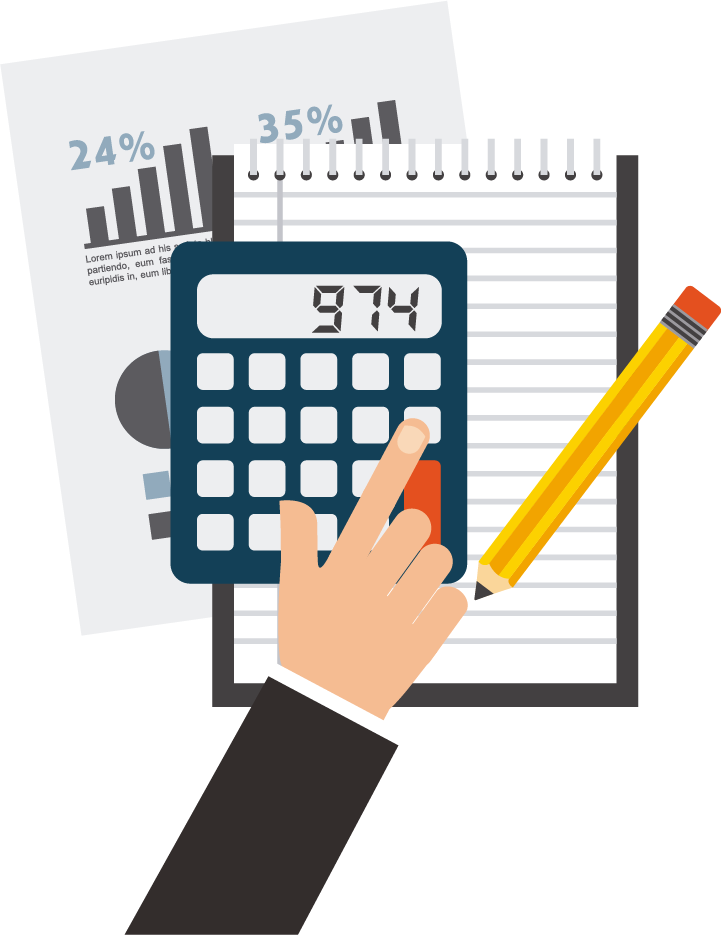If you go to seminars or conferences, belong to a Twenty Group, or read auto industry publications, you probably already know that digital marketing is being hailed as no less than a savior for the car business.
Suddenly, it’s gone from “the new way” to being “the only way” to sell cars.
Unfortunately, as with anything, when something gets a lot of buzz, it creates a lot of phony “experts” and “specialists.” On the corner of every virtual block, there are techno-crazed fools shouting acronyms—SEO, SEM, PPC, CPL, QR codes, VDP views, CVR, ROI…it goes on and on.
It can be exhausting and deflating to try to keep up with it all, especially when you feel like you're pouring money down the drain while seeing little or no results from these charlatans.
No one wants to waste time or money on digital marketing that doesn’t work. That’s why we’ve put together 7 essential questions every dealer needs to be asking their digital provider to cut through the clutter and start seeing real results.
1. How do you define a website visit?
A common definition of a website visit is important to establish upfront with your digital provider because so many other performance metrics are related to website visits.
A website visit is defined as a visit to your website, including all consecutive page views, that ends when the user has been inactive on the page for 30 minutes or navigates away from the site.

2. How do you define a conversion?
Unfortunately, despite the mass adoption of digital marketing by the automotive industry, there’s no standard definition for some key phrases.

One of those is terms is “conversion.”
What action constitutes a conversion varies widely because different providers prioritize different actions.
Ultimately, a conversion is an action that's counted when someone interacts with you online and then takes an action that has been defined as valuable to your business.
It’s important to note that a conversion is not always a lead.
Here are some of the definitions of conversion we’ve seen from various providers within the automotive industry:
Agency #1’s Definition – Any visit to the homepage through a Google or Facebook Ad.
Agency #2’s Definition – Any visit to the inventory or vehicle display page.
Agency #3’s Definition – Any visit to the store hours & directions page.
Agency #4’s Definition – Any form submission.

I’m sure we can all agree, that the action that has the greatest positive impact on your business in the list above is for a prospective customer to submit a form (i.e.. create a lead).
This allows you to reach out to the customer and start building a real relationship with them. At this point, the ball is in your court. You have control over what happens next. Or at least more control than you have from a VDP view or inventory page visit.
When you’re counting page views, those actions might eventually contribute to a sale, but it could also lead to the customer checking you off their shopping list if they don’t see exactly what they want. It also puts the burden of additional research and decision-making on the customer as opposed to you being able to offer expert help at a key point in the process.
3. What do you consider to be a good conversion rate?
Understanding how your digital provider or agency defines a conversion is just the first step to unraveling what can be a really confusing mess of metrics.
For instance, based on how your agency defines this key term, you could see a “good” conversion rate defined as anywhere between 20% and 800%.
Let’s take a closer look at an example of how this might play out.
Here’s a screenshot of the performance of one dealer’s Google Ads campaign.

Here, this campaign is showing a conversion rate of 420% because it got 5,430 clicks and generated 22,474,000 conversions. WOW! That might seem really impressive until we drill down into the details.
Before we start celebrating, let’s take a look at how this provider is defining conversions…

So for this provider, every Inventory Search, VDP View, Click To Call action, and Hours and Directions page view will count as a conversion. No wonder the numbers are so high! If a customer is browsing your inventory, they’re likely to complete multiple inventory searches and VDP views. But at the end of the day, will those actions really help you sell more cars? Maybe. But it’s unpredictable.

The most valuable action listed here are the click to call and hours and directions page views.
But since these conversions are all lumped in together, this report doesn’t really help us understand how well the campaign is contributing to your growth goals.
Ultimately, the big takeaway here is that conversion rate may be defined differently between platforms and digital marketers. So it’s important to work together with your provider to determine what are the most important metrics to track.
Ideally, this information should evolve over time as you monitor the contribution to your bottom line.
4. What do you count when calculating conversions?
Understanding how your digital provider or agency defines a conversion is just the first step to unraveling what can be a really confusing mess of metrics.
Here’s an example of a campaign that is set up to count 4 different conversion goals, but each of them is tracked separately. This campaign is tracking clicks that land on specific website pages (destination goals), but it’s also tracking form submission events (the real money maker).

This is an important distinction to be aware of because when you look at the campaign’s dashboard, it’s showing a really high conversion rate (93.36%). If you were to look at that number in a vacuum, you would assume the campaign is really effective. But that doesn’t include vital information needed to properly monitor the campaigns success, like what data was used to calculate that conversion rate.

Luckily, because of the way this campaign’s tracking is setup, we can drill down deeper into the form submission events. The real money-makers.
at the end of the day, multiple goals can be tracked simultaneously.

Here’s an example of a campaign that is set up to count 4 different conversion goals, but each of them is tracked separately. This campaign is tracking clicks that land on specific website pages (destination goals), but it’s also tracking form submission events (the real money maker).
5. How do you match conversions to solds?
We believe that every dollar you spend on digital marketing should be able to match back to a sale.
That’s why we ask our members to send us sold lists each month that we can match back to their campaigns. This allows us to better optimize their accounts and make sure they’re getting the most bang for their buck. We recommend looking for a digital agency that provides this service.
But how they do it will also be important.
Understanding attribution models can be complicated. And it’s easy to get lost in the jargon.
First, you need to know what an attribution model is. An attribution model is a rule, or set of rules, that determines how credit for a goal completion (conversions, leads, or solds) is assigned to touchpoints in goal paths.

Next, you need to understand the different types of attribution models.

Armed with this knowledge, you can make smarter decisions about which campaigns are really performing. Let’s take a look at how results can vary based on attribution model.
If you’re looking at the last interaction, you might be tempted to say that Google is outperforming Facebook, and thus is more valuable.

But part of that has to do with an average car buyer’s journey. Google is where a customer goes once they are closer to the final destination—buying a vehicle. So it makes sense that Google would be the last interaction they have online, when they’re searching for a specific make/model or even dealership.
Google is also frequently used throughout the research phase of car buying. The more a prospect uses Google, the more opportunities they have to see and interact with your ad, which is also why Google may be more heavily weighted in a linear attribution model.
Meanwhile, Facebook Ads are great for tapping into a portion of the market who are dreaming of getting a new vehicle, but who haven’t started shopping yet.
We typically see Facebook campaigns outperforming Google in First Interaction models when the right messaging is used. This is one of the reasons why Facebook Ads work so well for our members, who embrace a strategy that allows them to tap into a largely ignored portion of the market in their area. For more information on the strategy they’re using, check out this free guide. (Link to cracking 98% ebook source: 7 Digital Questions eBook - Cracking The 98%)
6. What kind of reports will you provide?
Digital marketers LOVE metrics! We should know because that’s what we do.
But sometimes more metrics mean more problems. It’s important to get on the same page about what kind of reports you can expect for your agency and at what frequency. Our best recommendation is to work together with your digital provider to make sure they’re reporting only on the metrics that matter to your business.
When dealers work with us, they get the important top of funnel metrics, like spend, cost per lead and number of leads, but they also get the even more essential information of total cars sold from digital as well as cost per car. These are the essential numbers you need to know to keep your finger on the pulse of your digital performance.

7. How are my accounts optimized? And by who?

Nowadays, lots of providers use algorithms and systems to calibrate your accounts.
We’ve found these automated approaches to optimization lead to lackluster results. For this reason, we have an entire team dedicated to manually optimizing our members accounts. Each and every day, your unique account specialist is working hands-on in your account. That means when you call with a question, they know exactly what’s going on and are ready to help. It’s also why we see some of the best results in the industry in terms of both advertising cost per car and additional units delivered thanks to digital advertising.
If you’d like to see what this system would look like for your dealership or for a free digital analysis of your current account, please click here for a free demo. During this personalized session, you’ll learn about all aspects of our program as well as how we can help you with your digital marketing. To get started, sign up right here.

